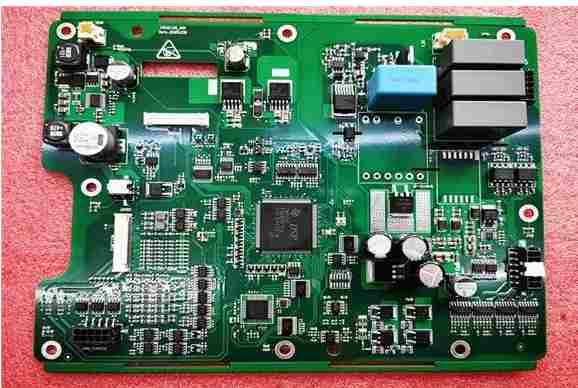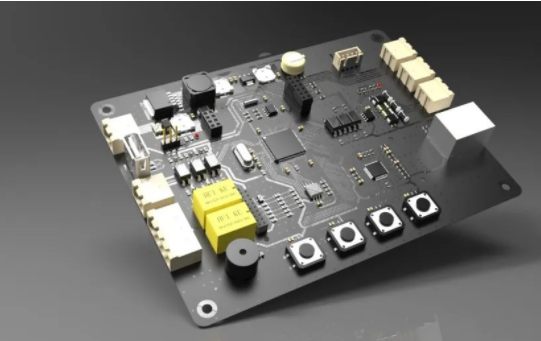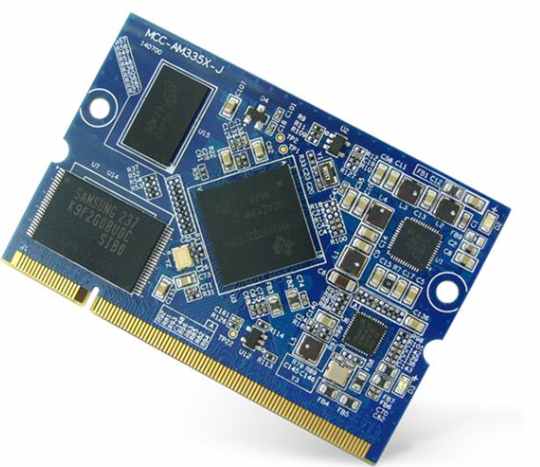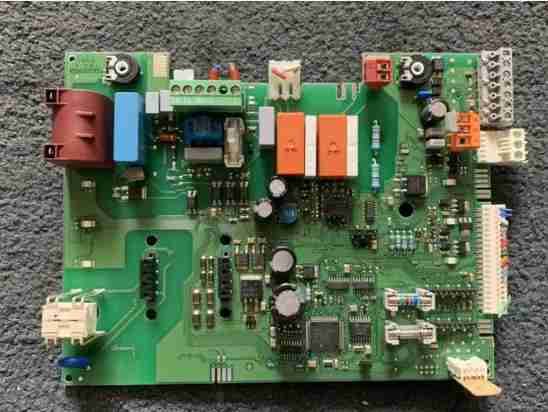
PCB Design High-Speed Signal Layout Can Be 90° Line?
When designing PCB layout and wiring, the Angle of high-speed signal trace will be mentioned. They would say that a high-speed signal should not be tracked at a right Angle, but rather at a 45 degree Angle, and it could be said that the arc would be greater than 45 degrees. Corners are better.
Is that right? How to set the PCB trace Angle, preferably 45 degrees or arc? Is 90 degree Angle wiring OK?
High frequency and high speed signal transmission lines should avoid being routed at a 90° Angle, which is strongly required in various PCB design guidelines, because high frequency and high speed signal transmission lines need to maintain a consistent characteristic impedance, and using 90° Angle routing at the corner of the transmission line will change the line width. The line width at the 90° Angle is about 1.414 times the normal line width. Because the line width changes, the signal will be reflected. At the same time, the extra parasitic capacitance around the corner will also result in time-consuming signal transmission. Delayed effects.
Of course, when the signal travels along a uniform interconnect, the transmitted signal will be free of reflection and distortion. If there is a 90° Angle on the uniform interconnect, it will cause the width of the pcb transmission line at the corner to change. According to the relevant electromagnetic theory calculation shows that this will definitely bring the signal reflection effect.

In theory, yes, but a theory is a theory. Is the effect of 90° Angle on high-speed signal transmission lines important in practice? The 90° Angle will have a negative effect on high-speed signal transmission lines, which is theoretically certain, but is this effect fatal? Does the 90° Angle have the same effect on high-speed digital signal and high-frequency microwave signal transmission lines?
For high-speed digital signals, 90° Angle will have a certain impact on high-speed signal transmission lines. For our current high density and high speed PCBS, the typical trace width is 4-5mil and the capacitance at 90° Angle is about 10fF. It is estimated that the cumulative delay caused by this capacitor is about 0.25ps, so a 90° Angle on a wire with a 5mil line width would not have much effect on the current high-speed digital signal (100 psec rising edge time).
For high frequency signal transmission lines, in order to avoid signal damage caused by skin effects, a wider signal transmission line such as 50Ω impedance and 100mil line width is usually used. The line width at the 90° Angle is about 141mil, and the signal delay caused by the parasitic capacitor is about 25ps. At this point, the 90° Angle will have a very serious impact. At the same time, microwave transmission lines always want to minimize signal loss. Impedance discontinuity at 90° Angle and external parasitic capacitance will lead to phase and amplitude errors of the high-frequency signal, mismatch between the input and output, and possible parasitic coupling, which will lead to deterioration of circuit performance and affect the transmission characteristics of the PCB circuit signal.
Regarding 90° signal wiring, our view is to avoid 90° wiring as much as possible. Doesn't it say that the effect of a 90-degree Angle on a high-speed digital signal is negligible?
Of course, the effect of a single 90° Angle on the signal quality of a high-speed digital transmission line, the deviation with respect to the height of the wire and the reference plane, the deviation of the line width and the uniformity of the line spacing during the etching of the wire itself, and the effect of the dielectric constant of the sheet on the change in the frequency signal, even through parasitic effects, are far more problematic than the 90° Angle.
However, today's high-speed digital circuit transmission lines always have to be wound around the same length. When more than ten or twenty angles overlap, the signal rise delay caused by the cumulative effect of these 90° angles becomes non-negligible. The high-speed signal is always transmitted along the impedance path, the 90° Angle length is equal, and the actual signal transmission path will be slightly shorter than the original path.
Now the high-speed digital signal transmission rate is getting higher and higher, the current HDMI2.0 standard, the transmission bandwidth has reached 18Gbps, 90° Angle wiring will no longer meet the requirements, now is the 21st century, now 45° EDA software has been well supported, even those who use it.
At the same time, wiring cables at 90° angles does not meet people's aesthetics in terms of engineering aesthetics. Therefore, for the current layout, regardless of whether you are using high frequency/high speed signal lines, unless there are special requirements, you should try to avoid 90° Angle wiring.
For high current trace, sometimes we use copper clad plate instead of trace. At the corner of the copper cladding, we also need to replace the 90° Angle with two 45° angles, which is not only aesthetically pleasing, but also without EMI. This is a hidden danger.
Shenzhen Kingford Technology Co., Ltd. is a professional PCB design company engaged in electronic product circuit board design (layout layout design), mainly undertake multi-layer, high-density PCB design and circuit board design proofing business. With an average of more than 10 years of work experience in PCB design team, can skillfully use the market mainstream PCB design software, professional and efficient communication to ensure PCB design progress, to help you seize the market opportunity one step earlier!







